Travel agents make their living from commissions and bookings, which means they’re not always eager to steer you away from expensive destinations. While they’ll happily book your dream vacation, they might conveniently forget to mention that some of the world’s most famous attractions are notorious money pits designed to separate tourists from their cash.
These places aren’t necessarily bad, but they’re often overpriced, overcrowded, or simply not worth the hype. Here is a list of 19 tourist traps that your travel agent probably won’t warn you about.
Times Square, New York
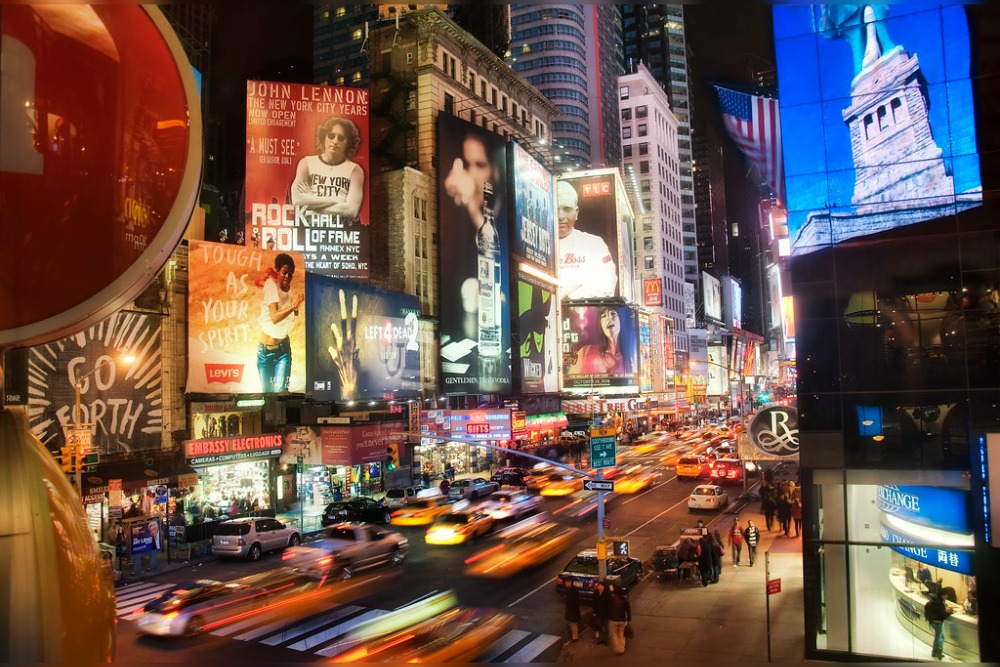
Times Square feels like the beating heart of New York City, but it’s just a giant outdoor mall packed with chain restaurants and overpriced everything. The food costs three times what you’d pay just a few blocks away, and the crowds make it nearly impossible to actually enjoy anything.
New Yorkers avoid this area like the plague, which should tell you everything you need to know.
Fisherman’s Wharf, San Francisco
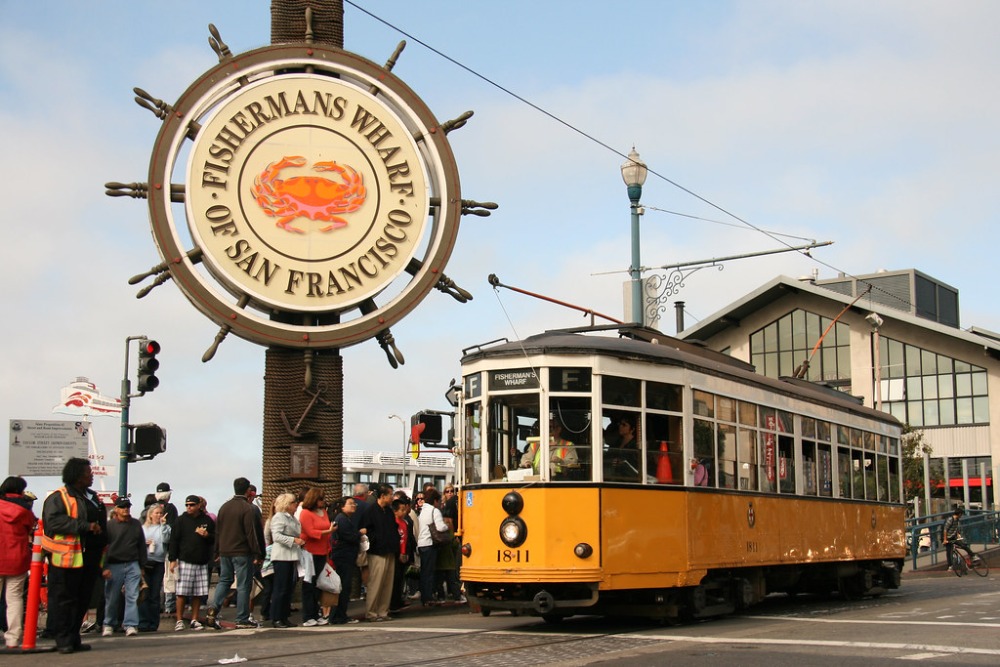
This waterfront area promises authentic San Francisco charm but delivers tourist-focused mediocrity instead. The restaurants serve bland, overpriced seafood that locals wouldn’t touch, and the street performers are more annoying than entertaining.
You’ll spend a fortune on parking just to experience what amounts to a seaside strip mall with a view.
Like Travel Pug’s content? Follow us on MSN.
Hollywood Walk of Fame, Los Angeles
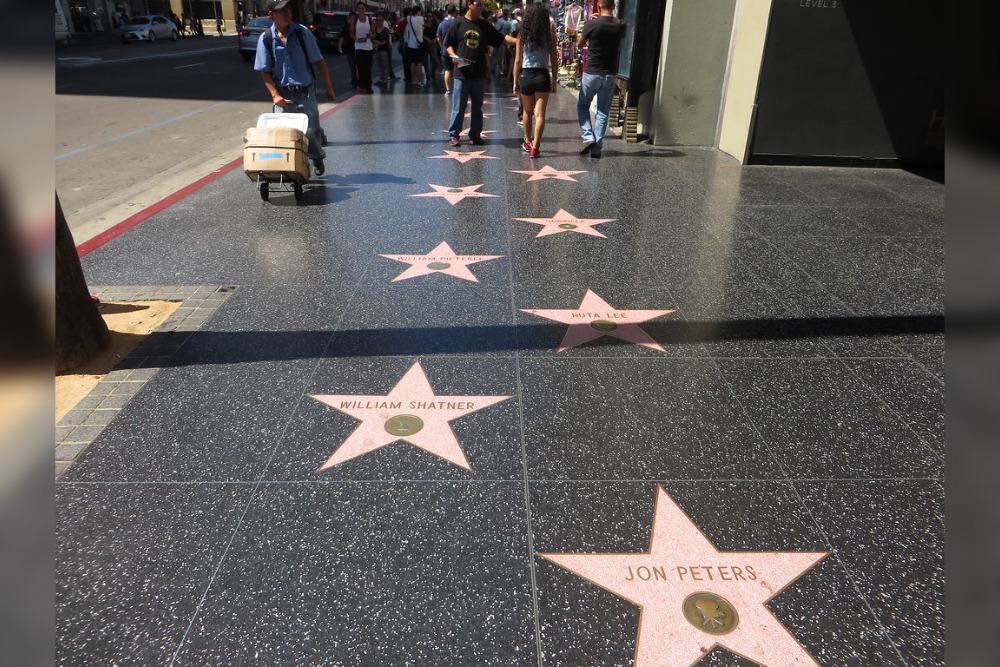
The Hollywood Walk of Fame sounds glamorous until you realize it’s just dirty stars embedded in a sidewalk surrounded by persistent street performers and low-quality souvenir shops. The area smells like a combination of exhaust fumes and disappointment, and those ‘celebrity’ impersonators will demand money for photos whether you want them or not.
Most of the stars belong to people you’ve never heard of anyway.
Bourbon Street, New Orleans
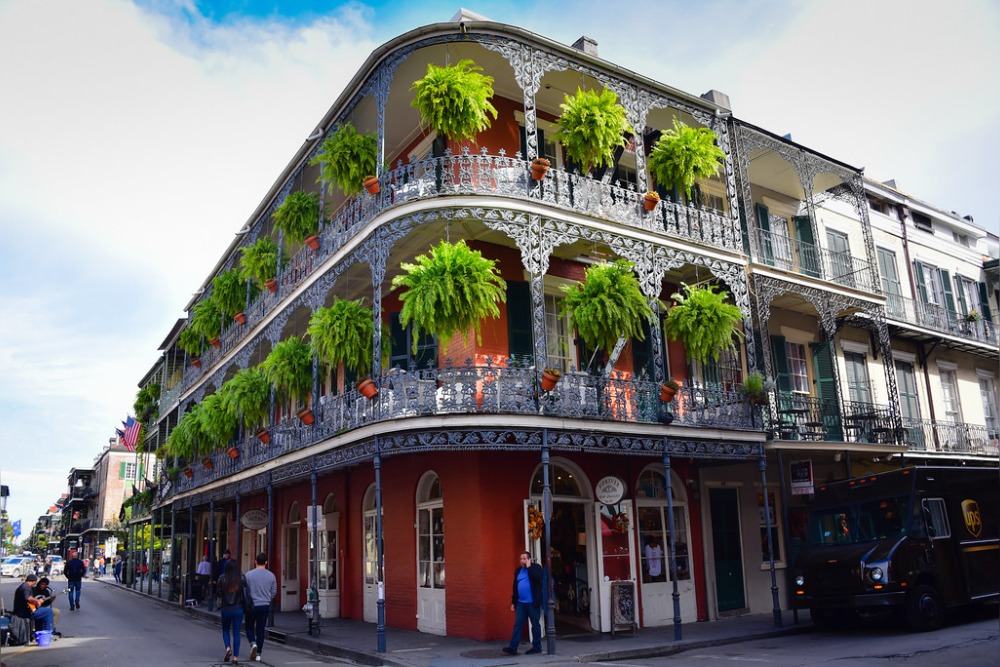
Bourbon Street gets hyped as the ultimate party destination, but it’s just a long stretch of overpriced bars serving watered-down drinks to drunk tourists. The real culture and amazing food of New Orleans exist in other neighborhoods where locals hang out.
You’ll pay theme park prices for drinks that taste like they came from a vending machine.
Navy Pier, Chicago

Navy Pier markets itself as Chicago’s playground, but it’s essentially a mall that happens to be near water. The restaurants are chains you can find anywhere, the attractions are overpriced carnival rides, and the crowds make it feel more like an airport terminal than a fun destination.
Chicago has incredible neighborhoods and attractions that locals enjoy, but Navy Pier isn’t one of them.
Like Travel Pug’s content? Follow us on MSN.
Little Mermaid Statue, Copenhagen
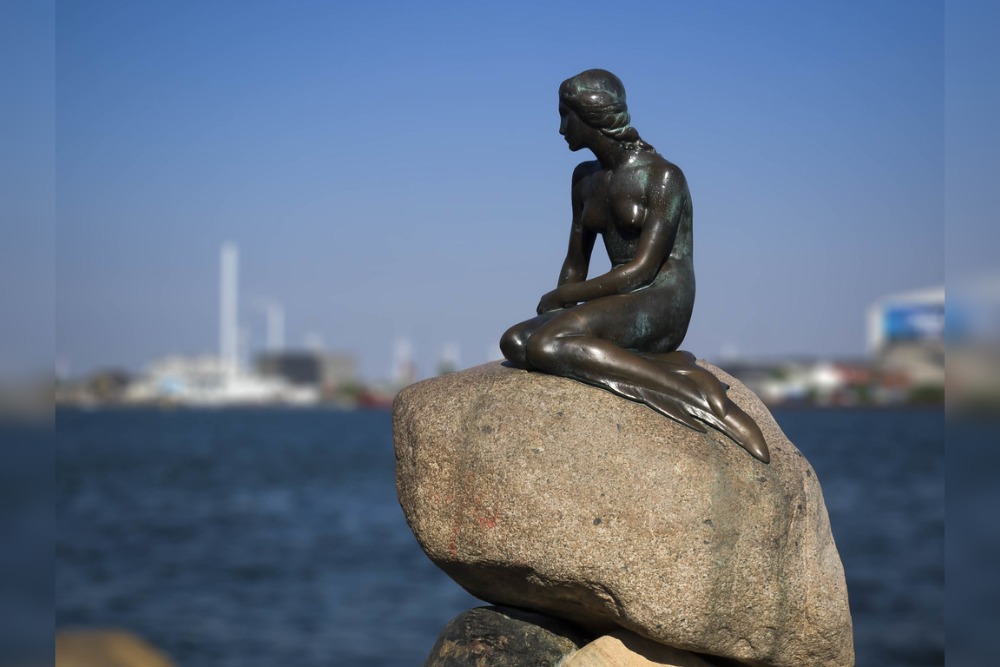
This tiny bronze statue draws millions of visitors who travel across Copenhagen just to see something smaller than most garden decorations. The statue sits about 50 feet from shore, surrounded by crowds of disappointed tourists trying to get a decent photo.
You can see the entire ‘attraction’ in about 30 seconds, which makes it possibly the most underwhelming landmark in Europe.
Manneken Pis, Brussels
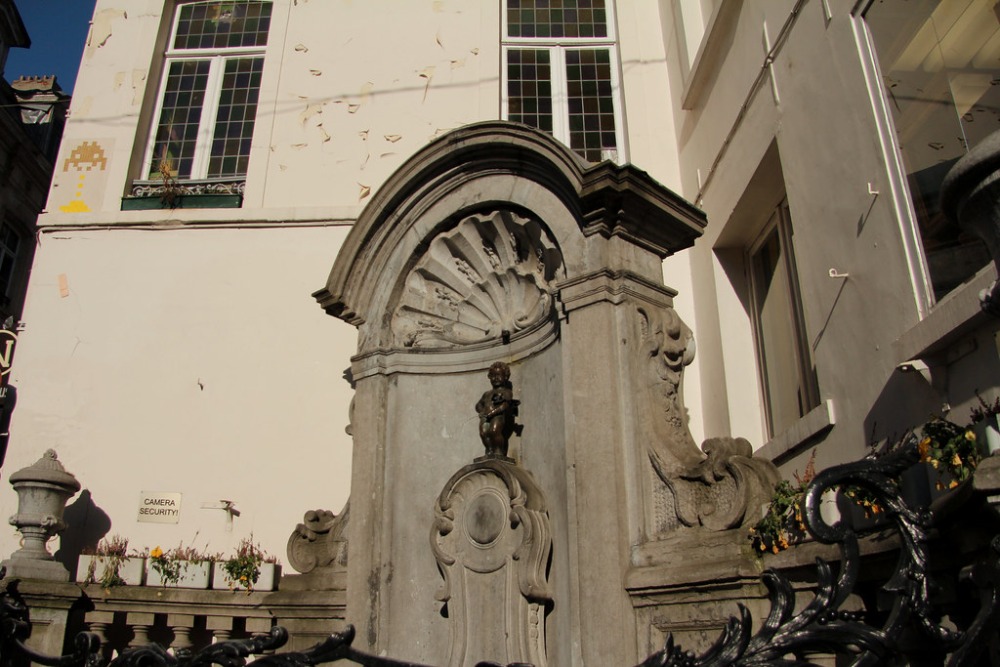
Brussels’ famous peeing boy statue stands less than two feet tall and usually has a crowd of confused tourists wondering why they made the trip. The statue gets dressed up in different costumes throughout the year, which somehow makes it even more bizarre than it already is.
You’ll spend more time walking to find it than actually looking at it.
Temple Bar, Dublin
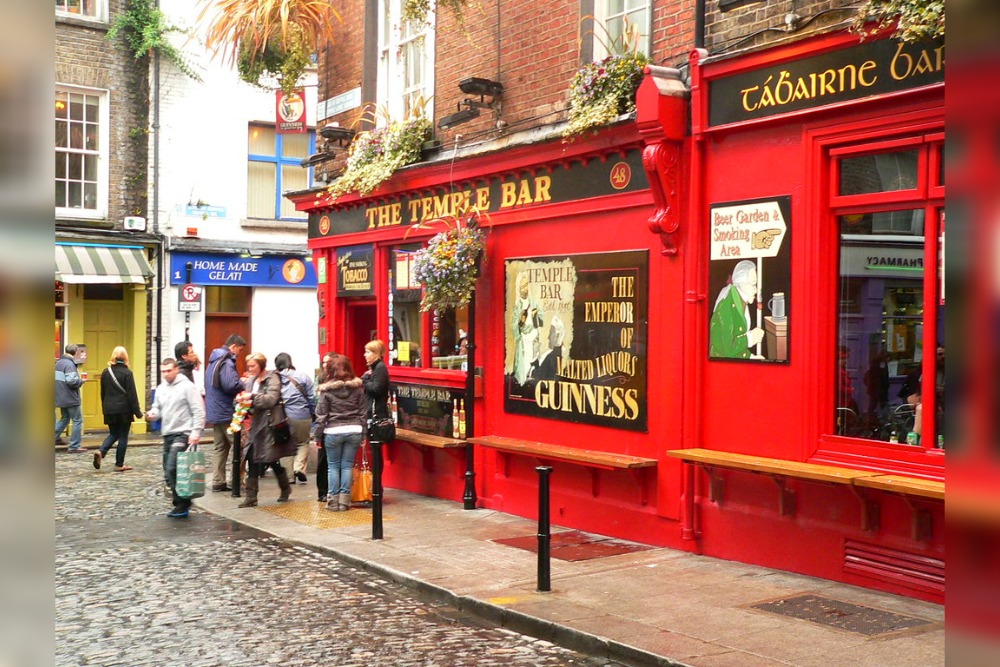
Temple Bar gets promoted as Dublin’s cultural quarter, but it’s just an expensive tourist bubble where everything costs twice the normal price. The pubs charge premium rates for mediocre pint pours, and the ‘traditional’ Irish music often comes across as more of a staged dinner show than a genuine session.
Real Dublin pub culture exists in neighborhoods where you won’t pay tourist prices for authentic experiences.
Like Travel Pug’s content? Follow us on MSN.
Checkpoint Charlie, Berlin
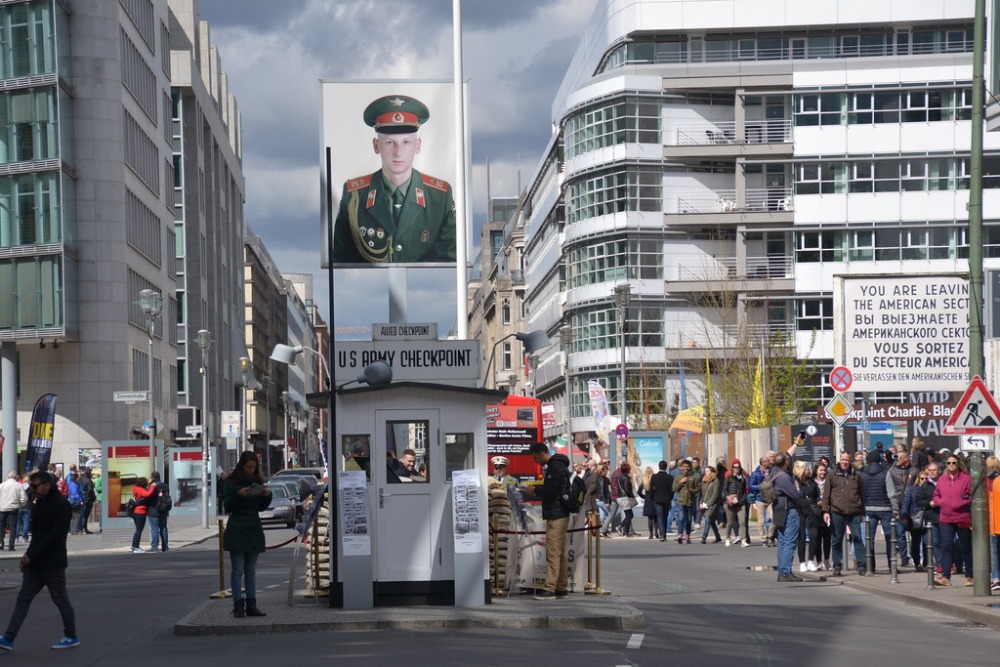
This reconstructed border crossing tries to recreate Cold War tension but feels more like a historical theme park. Actors dressed as soldiers will pose for photos in exchange for tips, and the nearby museum charges hefty admission fees for information you can find online for free.
The original checkpoint was removed decades ago, so you’re paying to see what amounts to a movie set.
Las Ramblas, Barcelona
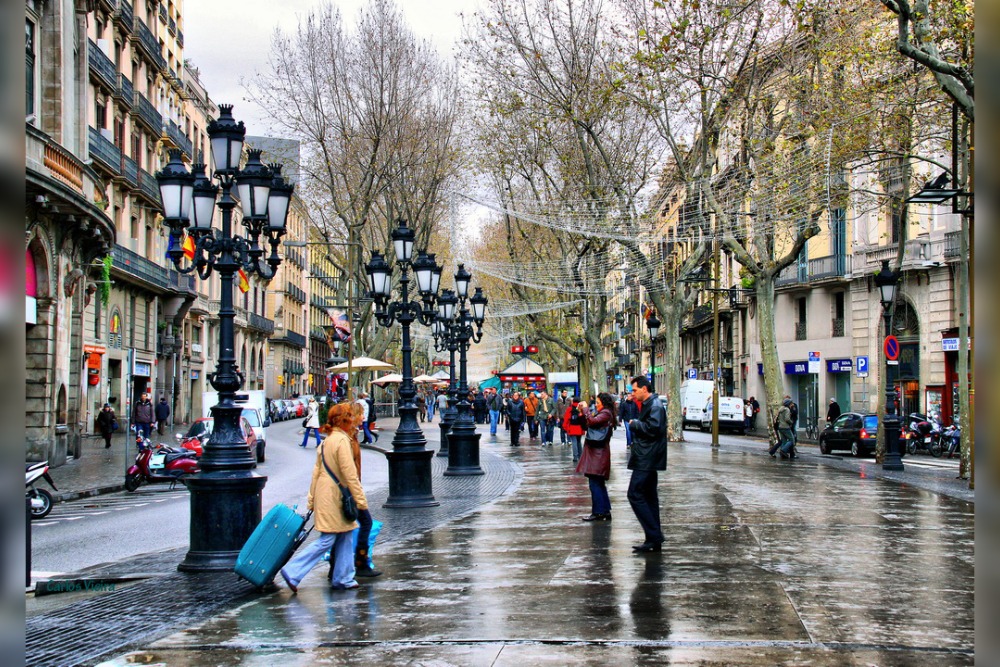
Las Ramblas attracts tourists with promises of vibrant street life but delivers pickpockets, overpriced cafés, and tourist-trap restaurants instead. The street performers are aggressive about tips, and the outdoor dining areas charge ridiculous food prices that barely reflect authentic Spanish cuisine.
Barcelona’s real charm exists in neighborhoods where locals choose to spend their time.
Santorini Sunsets, Greece
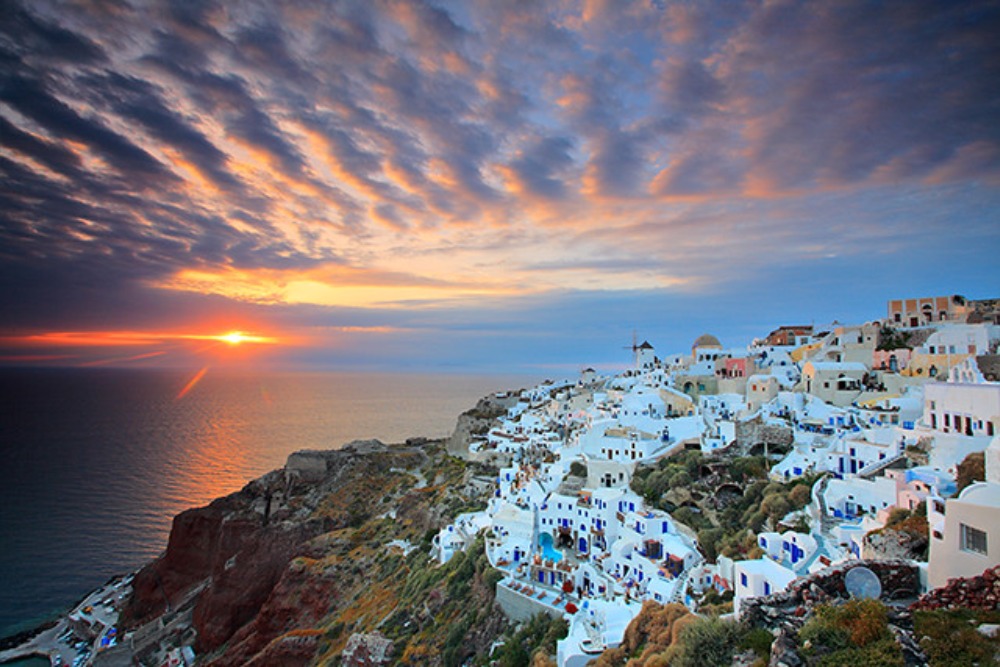
Santorini’s sunset viewing spots have become so crowded and commercialized that you’ll pay premium prices just to stand in a mob of people holding phones. Restaurants charge triple their normal prices during sunset hours, and finding a good viewing spot requires arriving hours early.
The sunsets are beautiful, but you can see equally stunning views from dozens of other Greek islands without the crowds and inflated prices.
Like Travel Pug’s content? Follow us on MSN.
Leaning Tower of Pisa, Italy
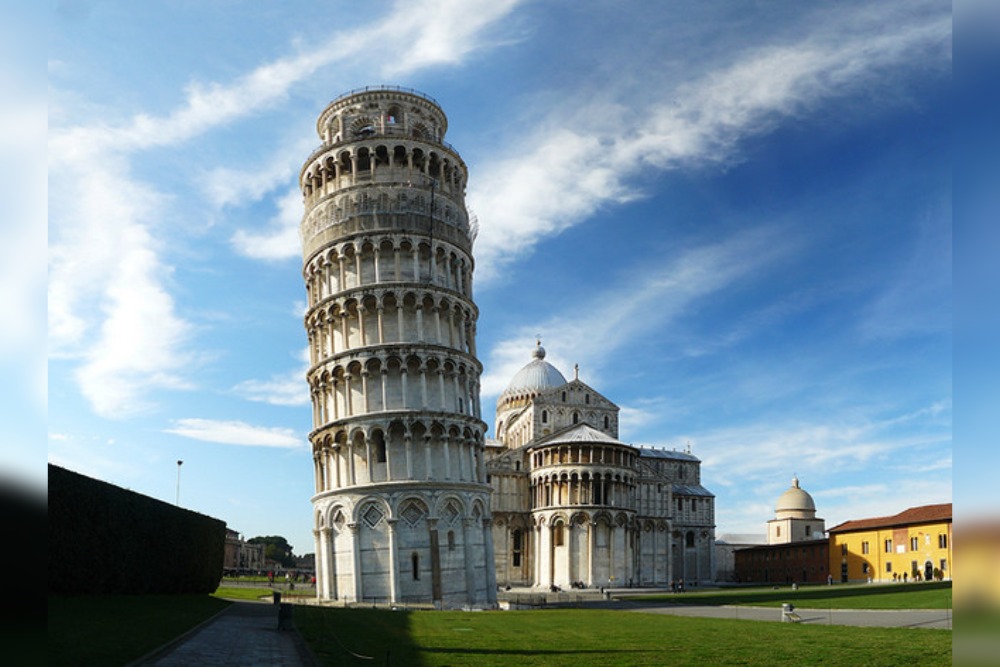
The Leaning Tower of Pisa represents one of architecture’s most famous mistakes, yet tourists line up for hours to climb a structurally questionable tower that offers mediocre views. The surrounding area is filled with vendors selling cheap souvenirs and restaurants serving tourist-focused Italian food.
You can see impressive towers with better views throughout Italy without the crowds and entry fees.
Four Corners Monument, United States

This monument marking where four states meet charges admission to stand on a concrete platform in the middle of nowhere. The actual surveyed location is off by about 1,800 feet, which means you’re paying to visit the wrong spot regardless.
The surrounding area offers nothing but souvenir stands and a long drive back to anywhere interesting
Mount Rushmore, South Dakota

Mount Rushmore requires a significant detour for most travelers and charges parking fees to see something you can view from the highway for free. The monument itself takes about 15 minutes to see, leaving you with expensive gift shops and overpriced food as your main entertainment options.
The drive through South Dakota offers more impressive natural scenery than the carved mountain faces.
Like Travel Pug’s content? Follow us on MSN.
Stonehenge, England
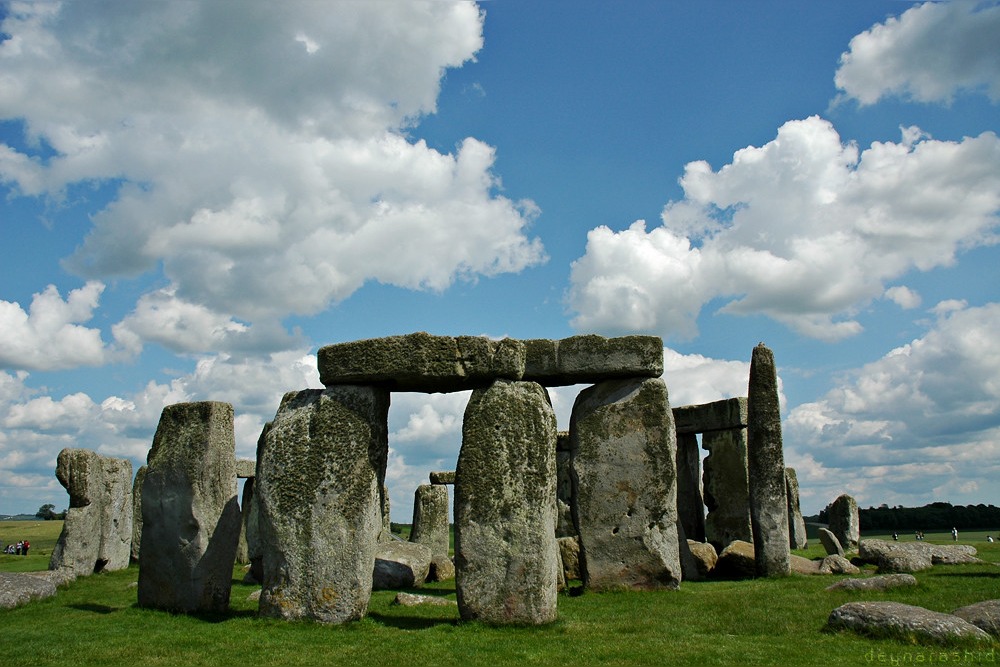
Stonehenge keeps visitors behind ropes about 30 feet away from the actual stones, making it feel more like viewing a museum display than experiencing an ancient wonder. The audio tour costs extra, the gift shop sells overpriced trinkets, and the parking fees add insult to injury.
You’ll spend more time in the visitor center than actually looking at the stones.
Niagara Falls Tourist Areas, New York
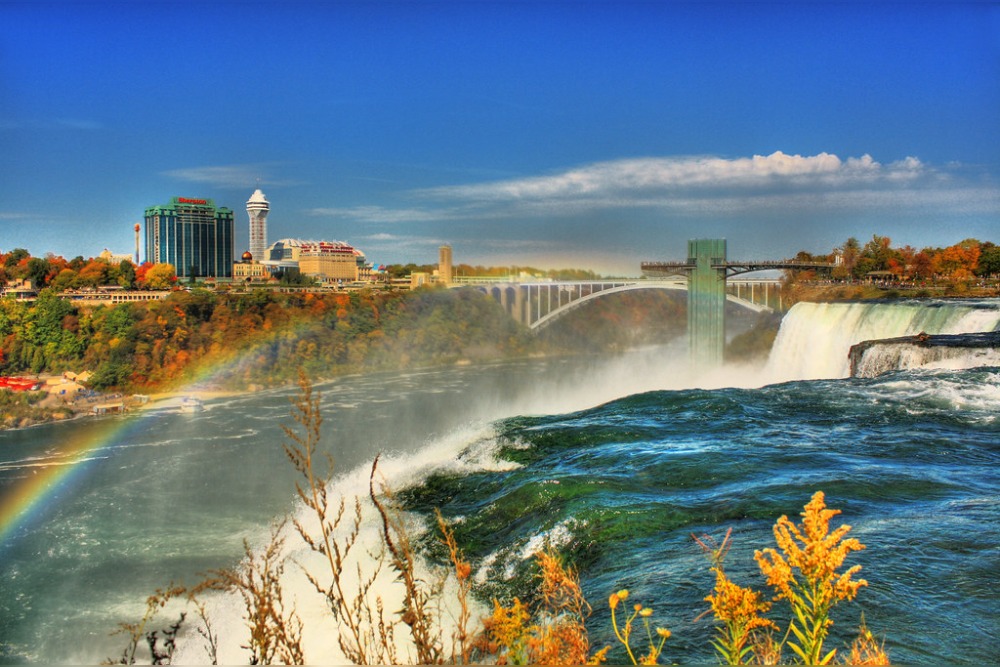
The New York side of Niagara Falls surrounds natural beauty with tacky tourist attractions, overpriced restaurants, and aggressive vendors. The famous Maid of the Mist boat ride costs a fortune for what amounts to getting wet while watching water fall.
The nearby attractions feel more like a carnival than a natural wonder, and everything costs theme park prices.
Key West Sunset Celebration, Florida
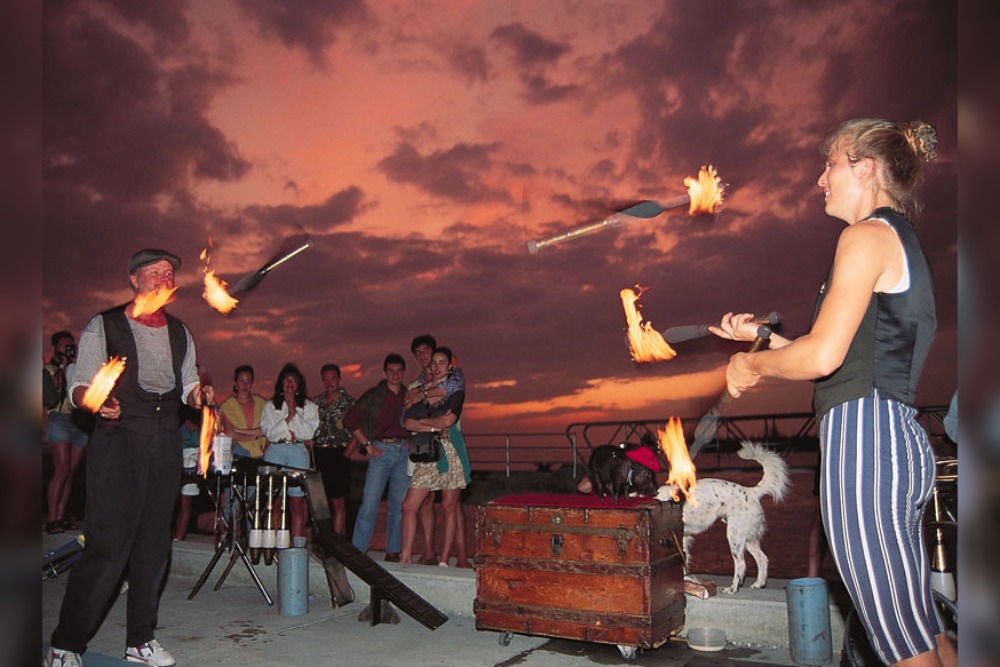
Key West’s nightly sunset celebration has evolved into a crowded street fair where overpriced vendors sell crafts while street performers demand tips for mediocre acts. The actual sunset often gets obscured by the crowds and commercial activity happening around you.
You can watch equally beautiful sunsets from quieter spots around the island without paying for the privilege.
Like Travel Pug’s content? Follow us on MSN.
Space Needle, Seattle
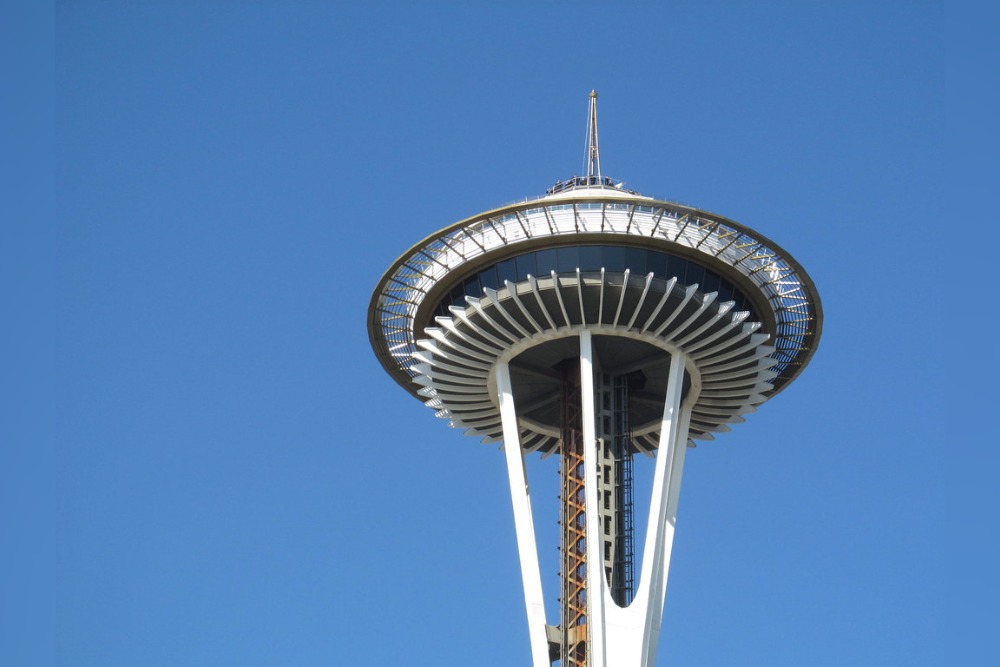
Seattle’s Space Needle charges premium prices for views you can get for free from various hills around the city. The elevator ride costs more than many theater tickets, and the observation deck feels cramped when busy.
The restaurant at the top serves expensive food that relies more on novelty than quality, making it a costly way to see a city that offers better viewpoints elsewhere.
Statue of Liberty Crown Access, New York
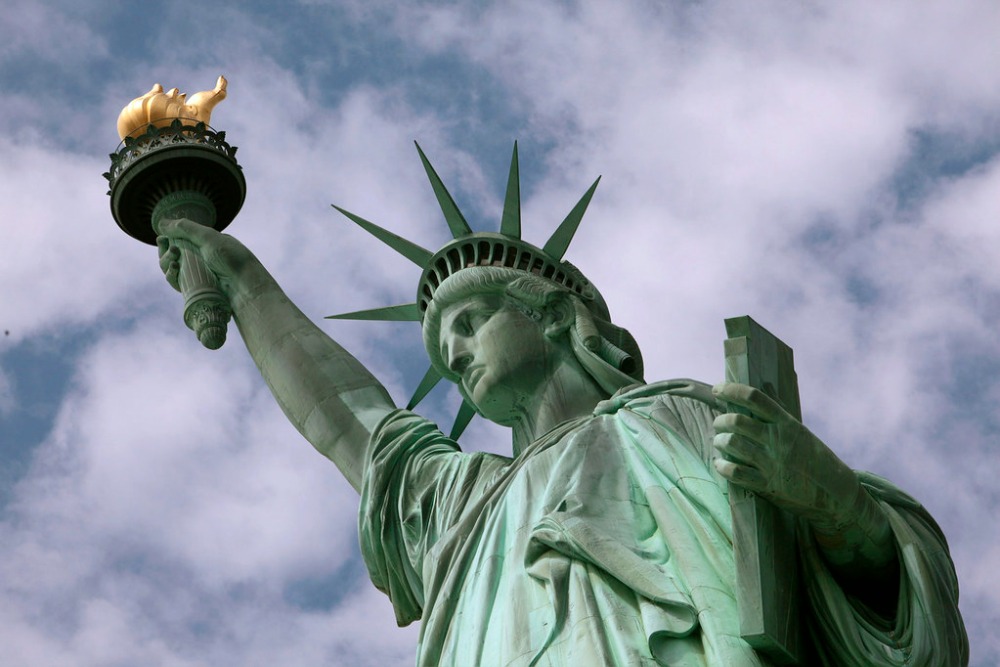
Climbing to the Statue of Liberty’s crown requires reservations, additional fees, and a climb up narrow, hot stairs that can feel more grueling than rewarding. The views from the crown aren’t significantly better than what you get from the pedestal or even the ferry ride itself.
You’ll spend more time waiting in lines and climbing stairs than actually enjoying any views.
Beyond the Brochures

These destinations became tourist traps precisely because they started as genuine attractions that got overwhelmed by commercial interests and crowd management challenges. What began as authentic cultural experiences or natural wonders gradually transformed into expensive, sanitized versions designed to maximize revenue rather than visitor satisfaction.
The irony is that most of these places still contain elements worth seeing, but the tourist infrastructure around them often diminishes rather than enhances the experience. Smart travelers learn to find authentic alternatives that locals prefer, discovering that the best experiences often occur away from the most heavily marketed destinations.
More from Travel Pug

- 20 Best Beach Towns in the Carolinas
- 13 Destinations Where Tourists Regularly Regret Their Trip
- 20 Things You Actually Get in First Class
- 20 Small Airports With Aviation Museums
- 20 Places in the U.S. That Are Perfect for a Reset Trip
Like Travel Pug’s content? Follow us on MSN.
